
Microsoft’s announcement about the end of support for Windows 10 and the upcoming release of Windows 12 is causing ripples throughout the tech world. But what exactly does Windows 12 bring to the table? And why might this new operating system represent Microsoft’s boldest—and riskiest—move yet?
In this post, we’ll explore the promises Microsoft is making, analyze the challenges ahead, and dig into what this means for millions of PC users worldwide.
The Official End of Windows 10: What It Means for Users
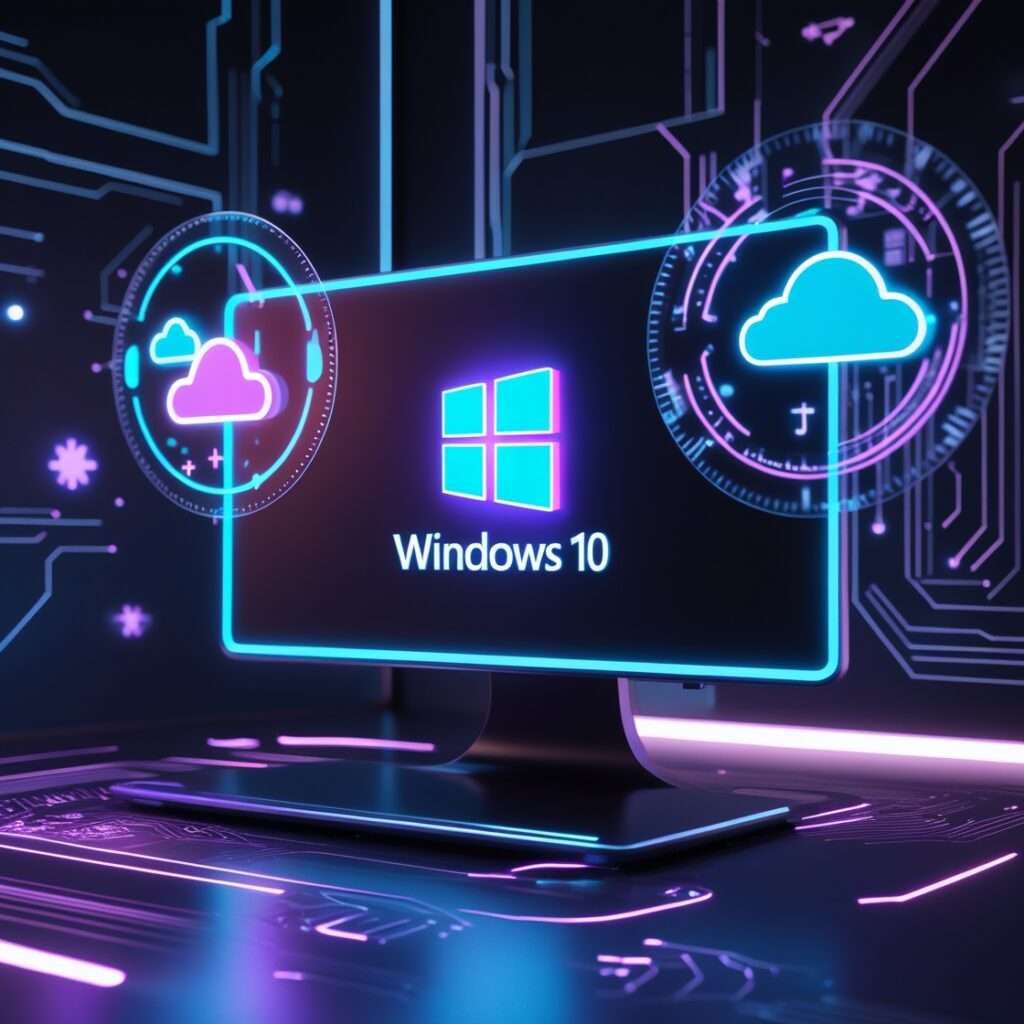
Windows 10, an OS that has powered over a billion devices since its launch in 2015, will officially reach its end of life (EOL) in October 2025. After this date, Microsoft will no longer provide security patches, feature updates, or technical support for Windows 10.
For users and organizations, this milestone raises urgent questions:
- Security risks: Without updates, devices become vulnerable to cyber threats.
- Upgrade pressure: Staying on Windows 10 is no longer sustainable.
- Hardware compatibility: Many older machines might struggle—or outright fail—to run Windows 11 or 12.
Windows 10’s sunset effectively forces millions into a major decision: upgrade now or face growing risks.
Windows 12: A Radical Reinvention or Just Another Update?
Microsoft is positioning Windows 12 not just as an incremental update, but a leap forward in OS design and capabilities. Early hints suggest this could be one of the most transformative Windows releases yet.
What We Know So Far About Windows 12’s Features
- Revamped User Interface
Expect a cleaner, more intuitive design focused on productivity and personalization, going beyond the tweaks we saw in Windows 11. - Deeper AI Integration
Microsoft plans to embed AI tools throughout the OS to assist users—everything from intelligent task suggestions to predictive security features. - Optimized for Diverse Hardware
Better support for foldable devices, hybrid laptops, and a variety of form factors promises a more seamless experience across hardware types. - Stronger Cloud and Productivity Integration
Windows 12 aims to tie in tightly with Microsoft 365 and Azure services, enhancing workflows especially for remote and hybrid work setups.
Why Is Windows 12 Considered Microsoft’s Biggest Gamble?
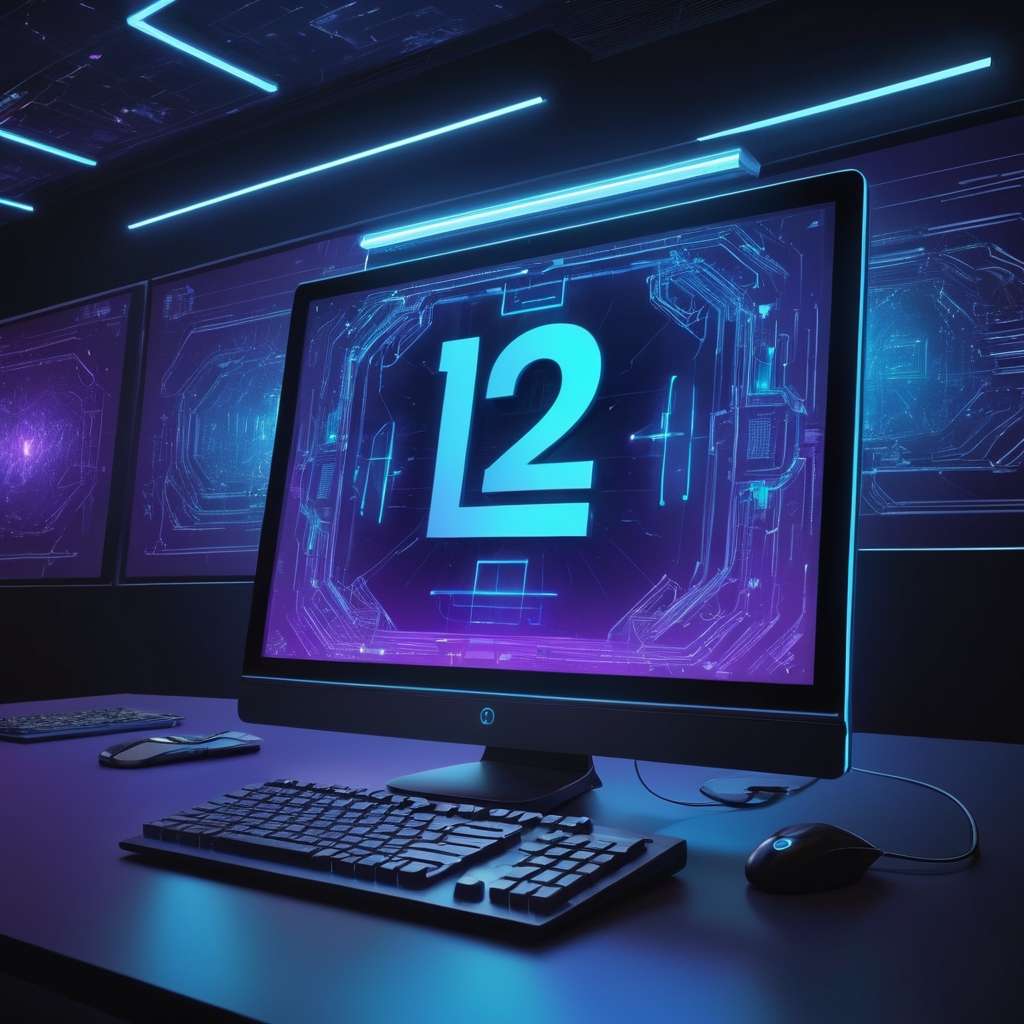
1. Technological Leap
Integrating AI at the OS level and redesigning core interfaces demands massive engineering effort and carries high risk. Bugs or poor user reception could quickly sour the launch.
2. Fierce Market Competition
Apple’s macOS, Google’s Chrome OS, and the growing presence of Linux alternatives mean Microsoft cannot afford to disappoint. Windows 12 must not only impress but redefine why PCs matter.
3. Changing User Behavior
Many users and enterprises hesitate to upgrade due to cost, compatibility, or learning curves. Microsoft must smooth this transition to avoid fragmentation and dissatisfaction.
Will Windows 12 Push Users to Upgrade Their PCs?
The success of Windows 12 hinges on several critical factors:
- Hardware Requirements: Will existing machines be compatible, or will users need to invest in new devices?
- Software Compatibility: Legacy apps must continue working flawlessly or alternatives need to be readily available.
- Cost and Licensing: Will the upgrade be free like Windows 11 was initially? If not, will users perceive the value?
- User Experience: How intuitive and beneficial is the new UI and AI integration in day-to-day use?
If Microsoft strikes the right balance, Windows 12 could accelerate PC upgrades and adoption—but if not, it risks alienating its base.
Impact on Enterprises and Professional Environments
Windows 12’s cloud integration and AI features offer exciting opportunities for businesses:
- Enhanced collaboration tools powered by AI.
- Advanced cybersecurity protections adapting in real-time.
- Streamlined IT management through cloud-based updates and diagnostics.
However, enterprises will need time and resources to adapt, retrain staff, and potentially replace aging hardware, which may slow initial adoption.
Privacy Concerns: Is Windows 12 Overstepping?
With AI and cloud deeply embedded, concerns over data collection and user privacy naturally arise. Microsoft will face pressure to be transparent and give users control over their data, balancing innovation with privacy safeguards.
Preparing Your PC for Windows 12
To ensure a smooth transition, users should:
- Verify device compatibility with Windows 12’s system requirements.
- Update drivers and backup essential data.
- Keep an eye on Microsoft’s official rollout plans and guidance.
Final Thoughts: Is Windows 12 Worth the Risk?
Windows 12 promises to be a major turning point, redefining how we interact with our PCs. But success is far from guaranteed. Microsoft’s biggest gamble will depend on how well they manage technology, user expectations, and market competition.
For users and IT pros alike, it’s time to watch closely—and prepare for a new era in Windows computing.
Sources and Further Reading
- Microsoft Windows Blog
- Windows Central: Windows 12 News
- The Verge – Microsoft Section
- ZDNet: Windows Updates and Analysis
- Global Demand for Technology Professionals: Skills, Roles, Job Openings & Future Trends
- Fix ANR on Android: A Complete Guide to Understanding, Diagnosing, and Preventing Application Not Responding Errors
- How to Optimize a PC for Gaming: My Personal Journey with an IdeaPad 3
- AI Fitness Training: How AI in Fitness Training Helped Me Challenge My Students
- iPhone 17 Launch Event, Samsung’s Bright Future, and Key Reviews
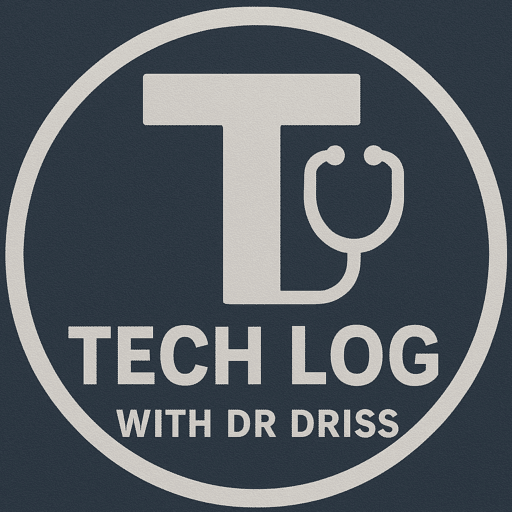
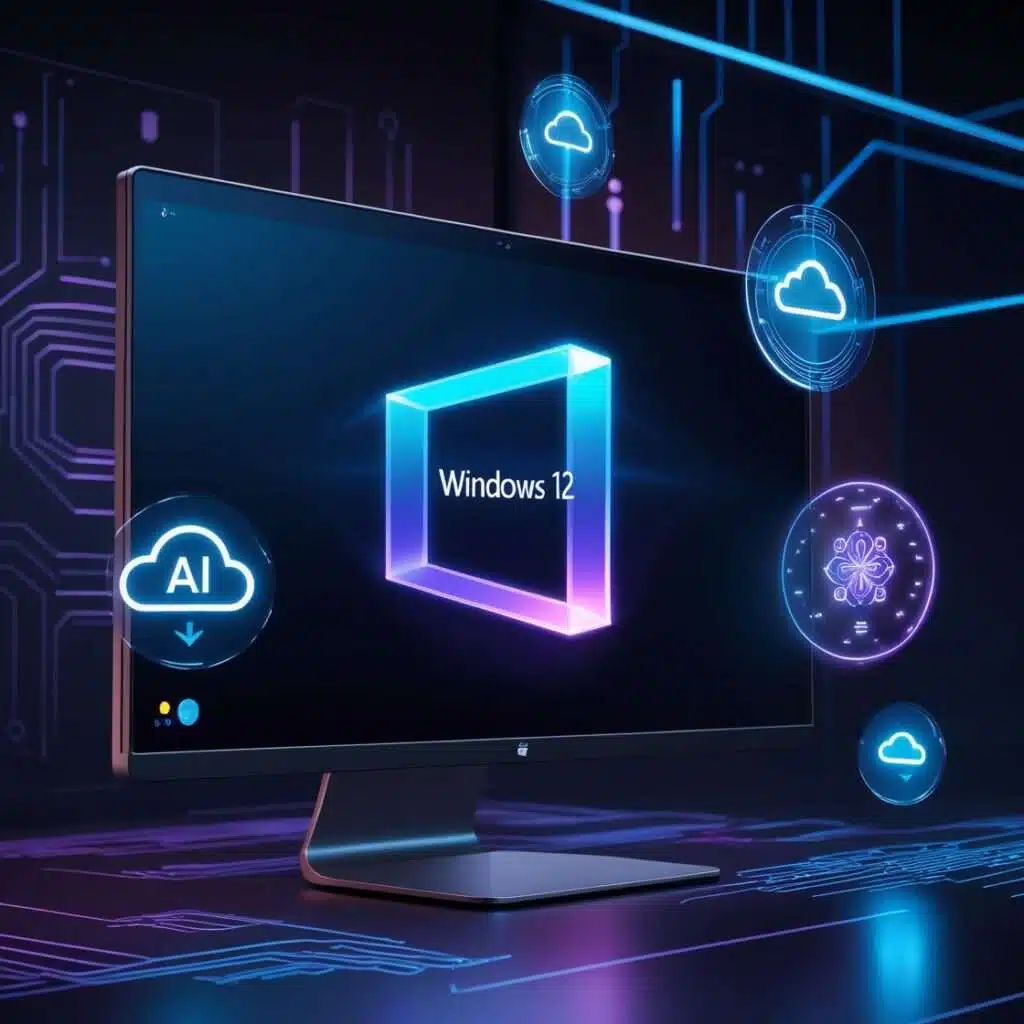

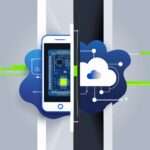
Is windows 12 realy easy to install in old computers